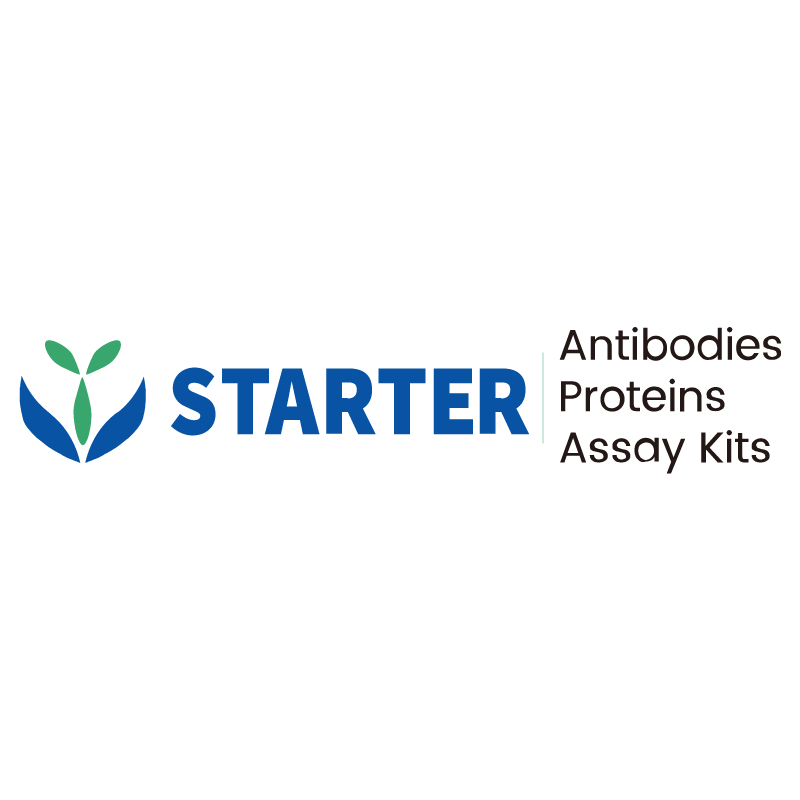WB result of HMGCR Recombinant Rabbit mAb
Primary antibody: HMGCR Recombinant Rabbit mAb at 1/1000 dilution
Lane 1: MCF7 whole cell lysate 20 µg
Lane 2: HepG2 whole cell lysate 20 µg
Secondary antibody: Goat Anti-rabbit IgG, (H+L), HRP conjugated at 1/10000 dilution
Predicted MW: 97 kDa
Observed MW: 90 kDa
Product Details
Product Details
Product Specification
| Host | Rabbit |
| Antigen | HMGCR |
| Synonyms | 3-hydroxy-3-methylglutaryl-coenzyme A reductase; HMG-CoA reductase |
| Immunogen | Synthetic Peptide |
| Location | Endoplasmic reticulum membrane |
| Accession | P04035 |
| Clone Number | S-1674-153 |
| Antibody Type | Recombinant mAb |
| Isotype | IgG |
| Application | WB |
| Reactivity | Hu |
| Positive Sample | MCF7, HepG2 |
| Predicted Reactivity | Hm, Bv, Pg, Or |
| Purification | Protein A |
| Concentration | 0.5 mg/ml |
| Conjugation | Unconjugated |
| Physical Appearance | Liquid |
| Storage Buffer | PBS, 40% Glycerol, 0.05% BSA, 0.03% Proclin 300 |
| Stability & Storage | 12 months from date of receipt / reconstitution, -20 °C as supplied |
Dilution
| application | dilution | species |
| WB | 1:1000 | Hu |
Background
HMGCR protein, also known as 3-hydroxy-3-methylglutaryl-CoA reductase, is a polytopic, endoplasmic reticulum (ER)-localized glycoprotein that catalyzes a rate-limiting step in the synthesis of cholesterol and essential nonsterol isoprenoids such as farnesyl pyrophosphate and geranylgeranyl pyrophosphate (GGpp). It is tightly controlled by a complex feedback regulatory system that allows cells to constantly synthesize nonsterol isoprenoids while avoiding toxic overproduction of cholesterol and other sterols. Part of this feedback control involves accelerated ERAD (ER-associated degradation) of HMGCR, which is initiated by the accumulation of sterols in ER membranes, triggering binding of HMGCR to ER membrane proteins called Insigs. Insig binding is mediated by the N-terminal membrane domain of HMGCR, which contains eight transmembrane helices (TMs) that precede a large cytosolic catalytic domain. TMs 2–6 of HMGCR comprise the sterol-sensing domain (SSD); mutation of a tetrapeptide sequence (Y75IYF) in the SSD of HMGCR abolishes its binding to Insigs, preventing ubiquitination and ERAD. Sterol-induced ubiquitination marks HMGCR for extraction across ER membranes, after which it becomes dislocated into the cytosol for proteasomal degradation. Another protein, UBIAD1, binds to and stabilizes HMGCR, inhibiting its ERAD when ER membranes are depleted of GGpp. When GGpp accumulates within ER membranes, the isoprene binds to UBIAD1, causing it to dissociate from HMGCR and translocate to the Golgi, allowing for the maximal ERAD of HMGCR. HMGCR is also associated with diseases such as muscular dystrophy and low-density lipoprotein cholesterol level quantitative trait locus 3.
Picture
Picture
Western Blot


